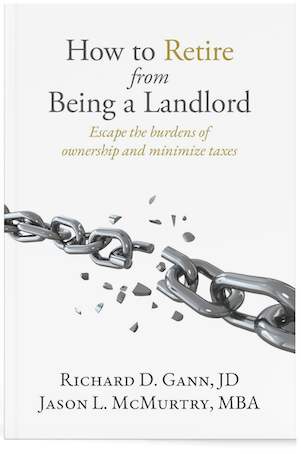
Upward Trajectory: Why U.S. Apartment Rental Rates Could Keep Rising in the Next Five Years
Upward Trajectory: Why U.S. Apartment Rental Rates Could Keep Rising in the Next Five Years
In recent years, the United States has witnessed a steady rise in apartment rental rates across its metropolitan areas. This trend isn’t merely a blip on the radar; instead, it’s indicative of broader economic and demographic shifts that are likely to persist in the coming years. As we look ahead, several factors suggest that the trajectory of rental rates could continue its upward climb for the next half-decade.
- Supply/Demand Dynamics: One of the fundamental principles governing rental rates is the interplay between supply and demand. In many urban centers, the demand for rental housing far outstrips the available supply. This is driven by various factors, including population growth, urbanization, and changing preferences among younger generations who increasingly prefer the flexibility of renting over homeownership. As long as demand continues to outpace supply, landlords will have the leverage to increase rents.
- Urbanization Trends: The ongoing trend of urbanization shows no signs of slowing down. Young professionals, in particular, are drawn to urban centers for job opportunities, cultural amenities, and social connectivity. This influx of residents into cities puts pressure on housing markets, leading to higher rents. Moreover, the revitalization of urban cores and the development of mixed-use spaces further drive-up rental rates as demand for centrally located housing increases.
- Cost of Homeownership: While historically low mortgage rates may tempt some renters to transition into homeownership, the reality is that rising home prices and tightening lending standards pose significant barriers to entry for many aspiring homeowners. As a result, a considerable segment of the population remains in the rental market, competing for limited housing stock and driving up rents.
- Construction Costs and Regulations: The cost of constructing new apartment buildings continues to rise due to factors such as increasing material costs, labor shortages, and stringent building regulations. These cost pressures are often passed on to renters in the form of higher rents, making it challenging to bring affordable housing units to market. Additionally, zoning restrictions and NIMBY (Not In My Backyard) sentiments in many areas stifle new construction, further exacerbating the supply shortage.
- Income Inequality: The widening gap between high and low-income earners has significant implications for the rental market. While affluent renters may have the financial means to absorb rent increases, lower-income households often struggle to keep pace. This disparity not only contributes to housing affordability challenges but also incentivizes landlords to cater to higher-income tenants, further driving up rents in desirable neighborhoods.
- Inflationary Pressures: Inflationary forces, including rising construction costs, wage growth, and increased consumer spending, can translate into higher rental rates. Landlords, facing higher operating expenses, may adjust rents to maintain profitability and offset inflationary pressures. Additionally, inflation erodes the purchasing power of renters, making it more difficult for them to afford housing costs.
- Investor Demand: Real estate has long been viewed as a stable investment vehicle, particularly in times of economic uncertainty. Institutional investors, private equity firms, and foreign buyers continue to pour capital into the rental housing market, driving up property values and rental rates. As long as investors perceive real estate as a lucrative asset class, they will seek to maximize returns by increasing rents.
While efforts to increase housing affordability and expand supply are essential, addressing these challenges will require coordinated policy interventions at the local, state, and federal levels. Until then, renters should brace themselves for the likelihood of facing higher housing costs in the years to come.
This information is for educational purposes only and does not constitute direct investment advice or a direct offer to buy or sell an investment, and is not to be interpreted as tax or legal advice. Please speak with your own tax and legal advisors for advice/guidance regarding your particular situation. Because investor situations and objectives vary, this information is not intended to indicate suitability for any particular investor. The views of this material are those solely of the author and do not necessarily represent the views of affiliates. Statistical data contained in this material was obtained from third-party sources believed to be reliable; however, 1031 Capital Solutions, CIS, CAM, and CIA do not guarantee the accuracy of the information. Past history is not indicative of future results.
Securities offered through Concorde Investment Services, LLC (CIS), member FINRA/SIPC. Advisory services offered through Concorde Asset Management, LLC (CAM), an SEC registered investment adviser. Insurance products offered through Concorde Insurance Agency, Inc. (CIA). 1031 Capital Solutions is independent of CIS, CAM and CIA.
continue reading
Related Posts
When the Federal Reserve (the Fed) adjusts its target interest […]
1031 Industry Veterans Launch Proprietary Software for Rental Housing Providers […]
When it comes to building and preserving generational wealth through […]











